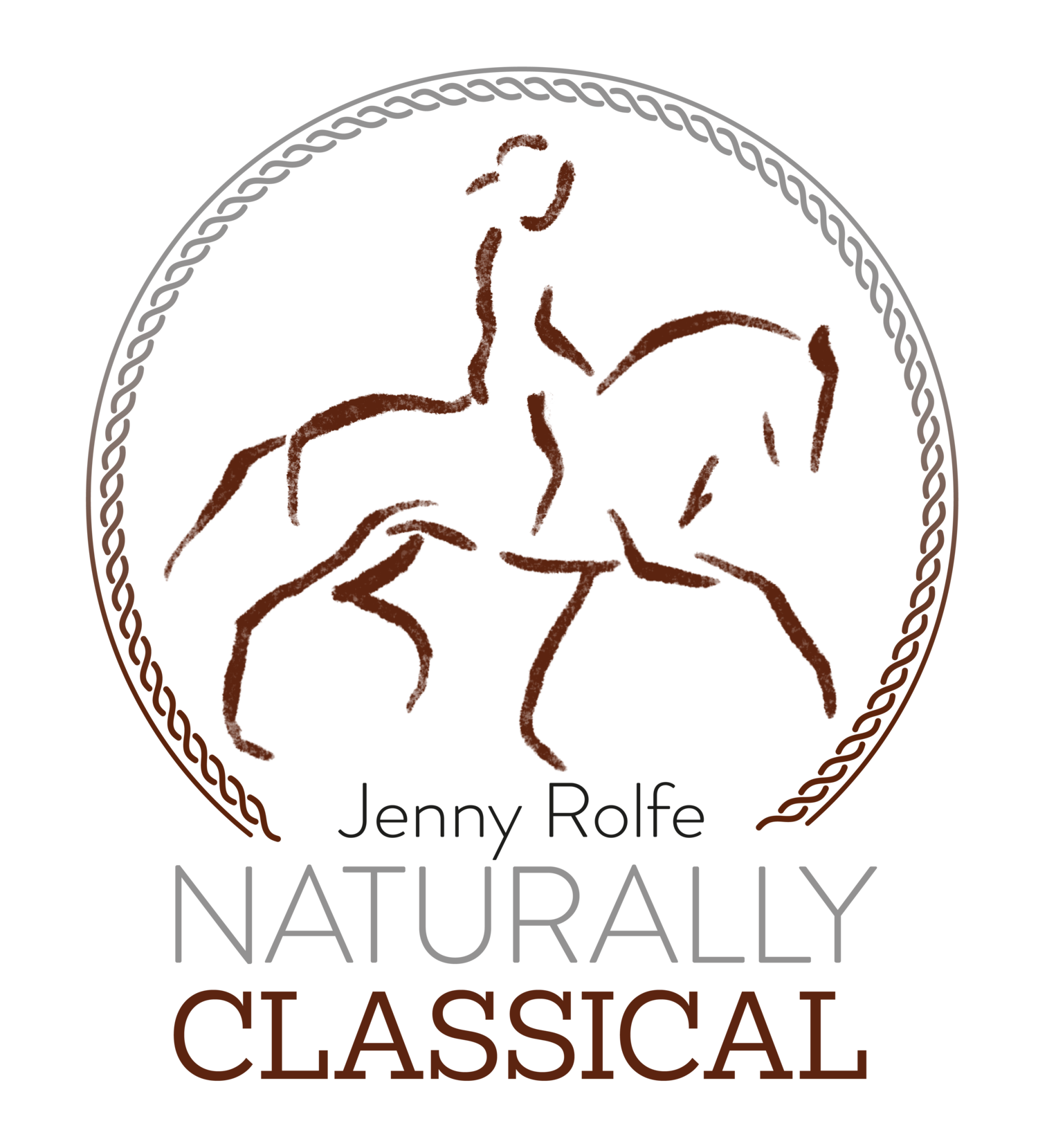Horse language – the silent, yet potent language of breath energy
I was recently asked this question:
“How do I begin to teach a new horse to respond to my breathing and soft gentle changes in body balance?”
Here’s my reply:
Let’s go back to a young black Fell stallion many years ago. He was a cheeky monkey, full of sass!
We began his early training from the ground at liberty and on the lunge.
I would connect and ask him to respond to my breath energy in walk, trot and canter. I used the deeper exhale to ask for more energy and the deeper inward breath to reduce the energy in a pace or into a downward transition.
At first, he was overreacting to the deeper exhalation of chi energy which I directed towards his rib cage.
I gained the measure of his responses fairly quickly and with just a thought and deeper exhale, I changed the energy from the wave unleashing power on the shore to a soft trickle from a small unfolding wave.
Gradually over weeks, we gained fine-tuned responses where he really enjoyed this natural communication – as thoughts were translated into changes of chi energy.
Sometimes he would be rather slow to respond to my deeper inward breath. He was on a roll and enjoying his energy so he preferred to resist the energy change into walk.
So I closed my fingers on the lunge line so he felt some pressure and inhaled deeply, so my body and movement did not follow his. I acted as a brake!
He soon began to respond much more quickly as he loved to please – he thrived on praise along with fun and games.
The day came when the rider sat on his back whilst on the lunge.
Spanish stallion FER BRAV tuning into breathing whilst being ridden
I continued lungeing and communicated the energy changes whilst the rider mirrored my signals.
Then I backed off as after a few minutes he was listening only, to the rider.
He changed his rhythm and energy between walk and trot from the power of her breath.
This is how I begin with every horse – slowly – forming new patterns within communication but I do prefer to begin at liberty – whilst still offering choices to the horse.
I have written about this subject in more depth in my books and I also demonstrate it in my videos.


